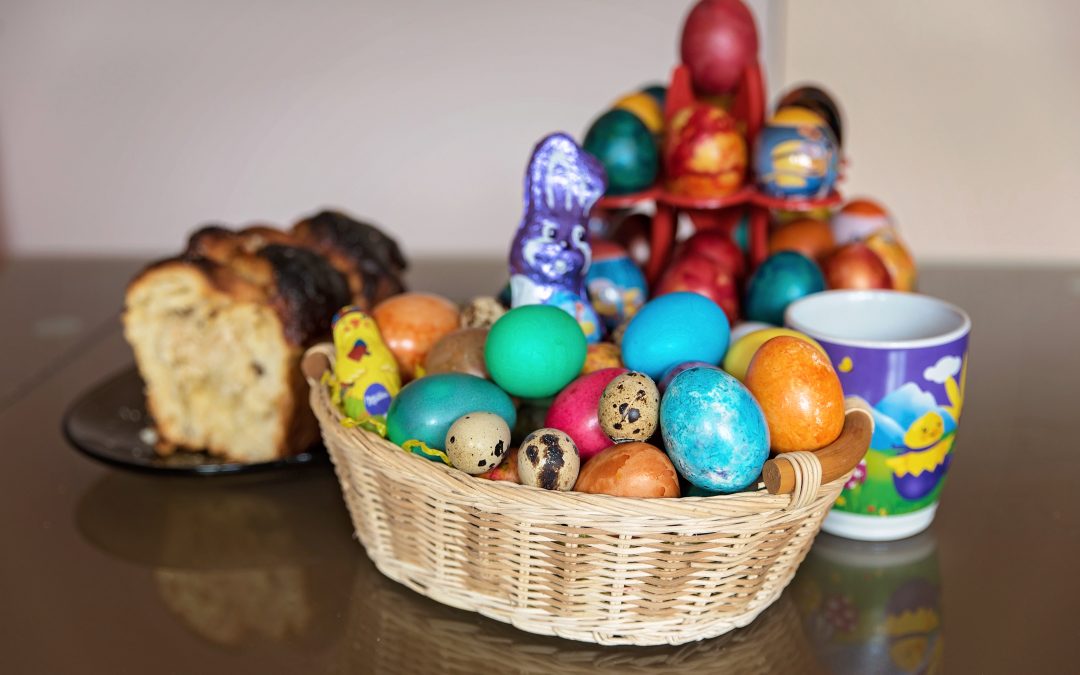After the long days of Lenten fasting, upon the arrival of Easter, Italians dive eagerly into a variety of sweet indulgences. During the Easter holidays it is family custom to prepare numerous traditional recipes, among which, of course, there are a wide variety of desserts.
There are many traditional Italian Easter desserts, and each region has its own which, despite the passage of time, have resisted change and, from the north to the south of Italy, they continue to be the protagonists of the table on Easter Sunday and Monday, commonly known as Pasquetta (little Easter).
Pasquetta is the last day of the Easter festivities, and the day is usually spent with family or friends to celebrate together the resurrection of Christ.
Many Italians choose to spend the day in the countryside to celebrate the arrival of spring, others prefer to take advantage of the long holiday weekend to take a trip out of town, to get away from the city and pass some time with their families.
The symbol of Traditional Easter desserts: The Colomba (the dove)
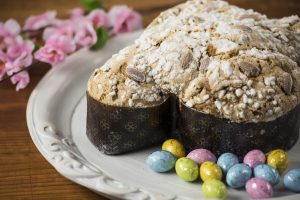
As one of the most customary of Easter desserts, we must mention the Colomba (the Dove), a symbol of Easter in Italy.
The Colomba originated in the 1930’s in Lombardy but then spread rapidly throughout Italy. The Colomba’s consistency is very similar to that of Panettone (a classic Christmas dessert), but the shape is vaguely dove-like and it is presented covered with a sugary almond glaze.
It is absolutely the Easter dessert, the symbol of Italian tradition and also the most commercialized. In fact, you can find it in every Italian bakery in many different versions adapted for every taste: Colomba with Ricotta, naturally leavened Colomba, yeast raised Colomba, Colomba with fruit, with chocolate or filled with cream.
Different regions, different customs
Apart from the Colomba, which is a must on Italian tables on Easter Sunday, every region in Italy also has its own traditional Easter dessert.
Campania
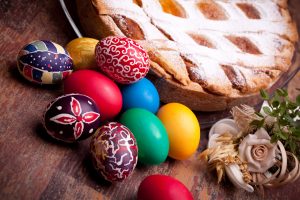
Let’s start with the pride of the Neapolitan culture: the Neapolitan Pastiera, a short-crust pastry stuffed with a filling made of ricotta cheese, cornmeal boiled in milk, candied fruit, sugar and eggs.
Legend has it that the Pastiera was born thanks to the siren Partenope who had fallen in love with the gulf between Posillipo and Mount Vesuvius and decided to make her home there. To thank her, the locals brought her gifts of food that the gods then transformed into what we call today the Pastiera Napoletana.
Tuscany
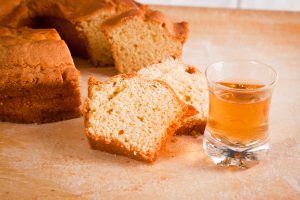
In Tuscany on Easter we have the Schiacciata. It is called schiacciata (or stiacciata), which means crushed, because for its preparation many eggs were crushed. This was a poor man’s dessert that comes out of a rural tradition that uses plain bread dough that is enriched with butter, sugar, anise soaked in orange juice, a lot of lemon peel, half a glass of Sambuca and a splash of Vin Santo.
Veneto
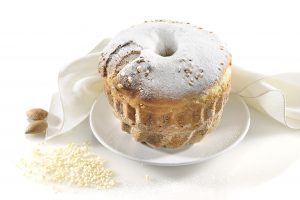
The Fugassa or Fugazza (translated “Focaccia”) is a sweet Easter bread whose recipe dates back to the first Christian celebrations of the Resurrection of Jesus.
It originated as an Easter dessert for the poor who, to honor the festivities, enriched their bread that was made with very basic ingredients, such as flour, sugar, yeast and eggs, with other available ingredients in order to make it more flavorful, rich, and worthy of the celebrations.
If you want to experience these authentic flavors of Italy, then it’s time to think about one of our custom tours of Italy, a unique opportunity to enjoy good home-made cooking!

